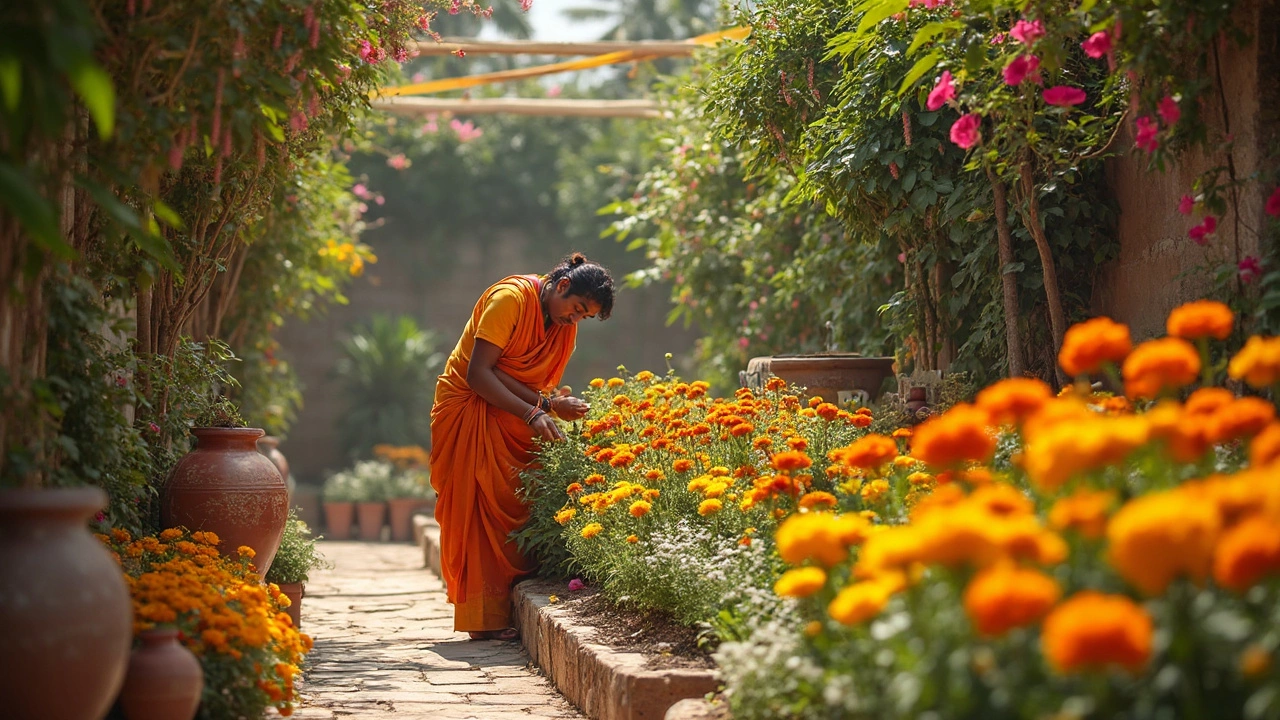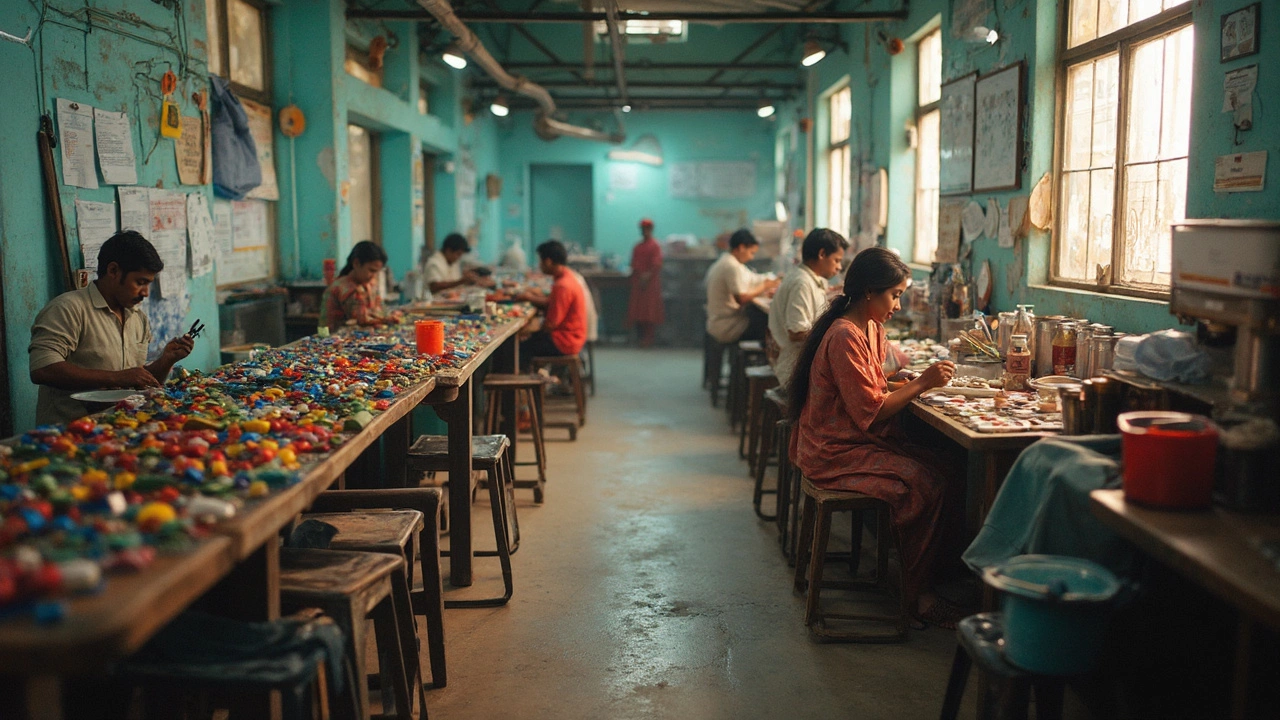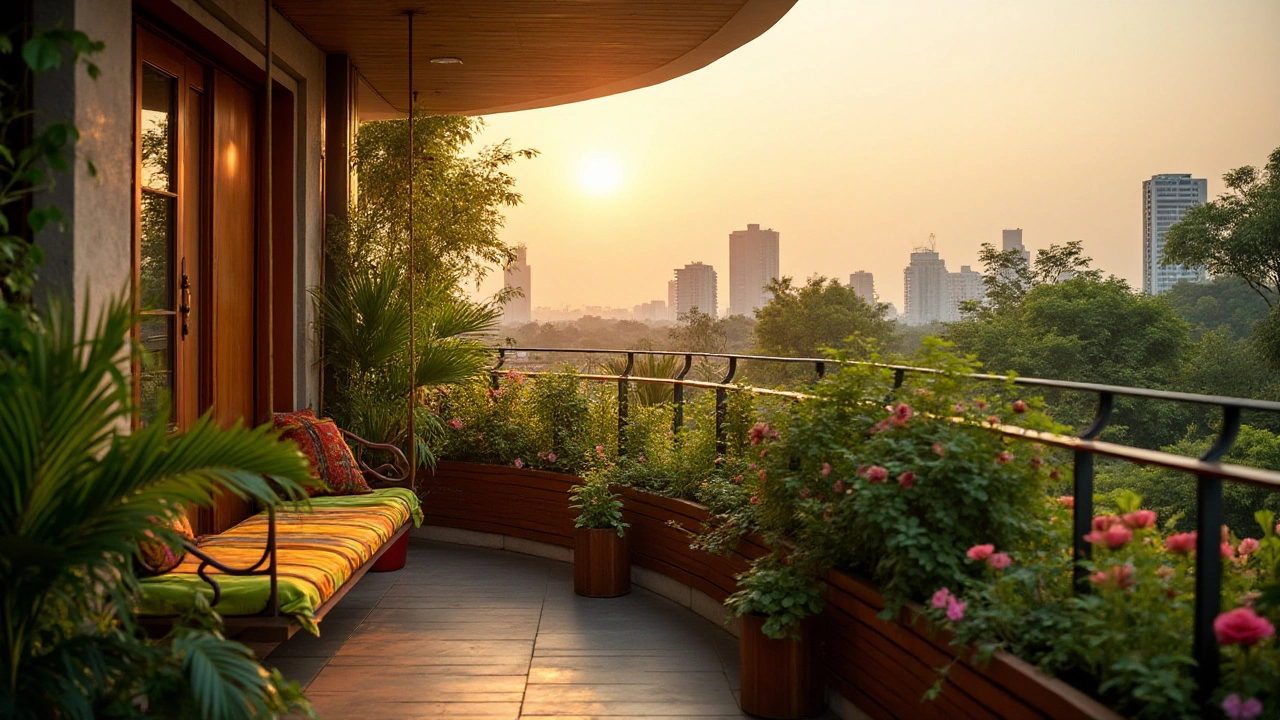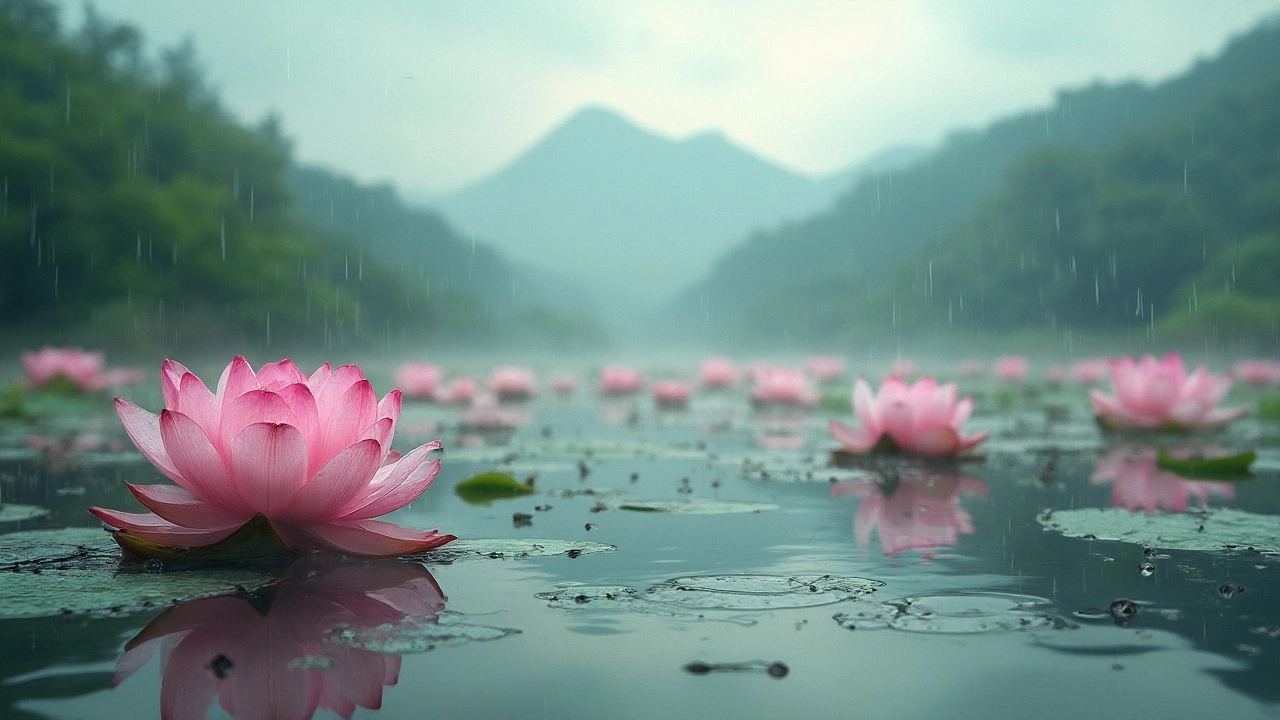Rehydrate Garden Soil – Guide & Tips
When working with rehydrate garden soil, the act of restoring lost moisture to garden beds so plants can recover fast. Also known as soil re‑watering, it requires the right timing, tools, and an eye on soil texture. Adding water isn’t just splashing; it’s about matching water volume to soil type and plant demand. That’s why understanding rehydrate garden soil matters for any gardener, whether you tend a balcony pot or a large backyard.
One of the biggest allies in this process is container gardening, growing plants in pots, raised beds, or any confined space. Because containers dry out faster than ground soil, they force you to test moisture daily and adjust your schedule. A simple finger test or a cheap moisture meter tells you if the root zone is thirsty. When you notice the top inch feeling dry, it’s a cue to water deeply enough to reach the root ball, not just sprinkle the surface.
Meanwhile, drip irrigation, a low‑pressure system that delivers water directly to the soil near the roots is a game‑changer for rehydration. It supplies a slow, steady flow that lets the soil absorb water without runoff, especially on clay or loam. Installing a timer lets you water at night or early morning when evaporation is minimal, which means less water wasted and more consistent moisture levels. Pair the drip line with a pressure regulator, and you’ve got a set‑and‑forget method that keeps beds hydrated day after day.
Another technique that works hand‑in‑hand with drip is no‑till gardening, a method that avoids digging the soil to preserve structure and microbes. By letting organic matter sit on the surface, you create a natural mulch that reduces evaporation. When you rehydrate, the water spreads through the undisturbed soil matrix, reaching deeper roots more efficiently. No‑till also improves soil aeration, which helps plants uptake water faster. So, when you combine no‑till with drip, you get a moisture‑rich environment that stays stable for longer periods.
Quality of water matters, too. If you’re using tap water, check for chlorine or high salts that can stress plants. Letting tap water sit for 24 hours lets chlorine evaporate, while a simple rain‑water collection system gives you softer water straight away. Soft water improves the soil’s ability to hold moisture, making your rehydration efforts more effective.
Mulch is the unsung hero of soil rehydration. A layer of straw, wood chips, or shredded leaves acts like a blanket, slowing down surface drying and protecting the soil from temperature swings. When you place drip emitters underneath mulch, the water reaches the root zone directly, and the mulch prevents it from evaporating too quickly. This combo can cut water use by up to 30 % compared to open‑soil watering.
Now that you know the tools, let’s talk timing. Early morning or late evening are the sweet spots because the sun isn’t intense enough to scorch wet soil. Water until you see a few minutes of runoff; that signals the water has penetrated the root zone. Avoid shallow, frequent watering—it creates a crust that repels water and forces roots to stay near the surface, making rehydration harder in the long run.
Putting It All Together
To truly master rehydrating garden soil, think of the process as a loop: test moisture, choose the right method (container watering, drip, or manual), protect the soil with mulch or no‑till, and adjust based on water quality and weather. Each step feeds the next, creating a resilient system that keeps plants happy even during dry spells. Below you’ll find a curated list of articles that dive deeper into each of these topics—whether you need a daily watering guide for containers, a step‑by‑step drip installation, or tips on using tap water safely. Explore the resources and start turning your dry beds into thriving green oases.
How to Rehydrate Garden Soil: Easy Ways to Fix Dry, Hard Soil Fast
Got bone-dry soil? Learn practical, proven ways to rehydrate your garden soil, keep moisture locked in, and revive struggling plants quickly.
- manufacturing
- India
- food processing
- garden tips
- rice cultivation
- government schemes
- balcony garden
- urban gardening
- balcony gardening
- profitable business
- business ideas
- plastic manufacturing
- drip irrigation
- plant care
- steel manufacturing
- sustainable gardening
- startup ideas
- steel industry
- flower gardening
- textile manufacturers






